Although I am not any psychology expert & my knowledge about psychology is limited to psychological movie thrillers only , I wish to write about the travel experiences which enrich the mind.
In today’s fast paced world, travel often means bustling airports, packed tourist attractions, and endless queues.
This blog explores the psychology behind choosing less-traveled paths, why it can be transformative, and how you can embrace this mindset.
Table of Contents
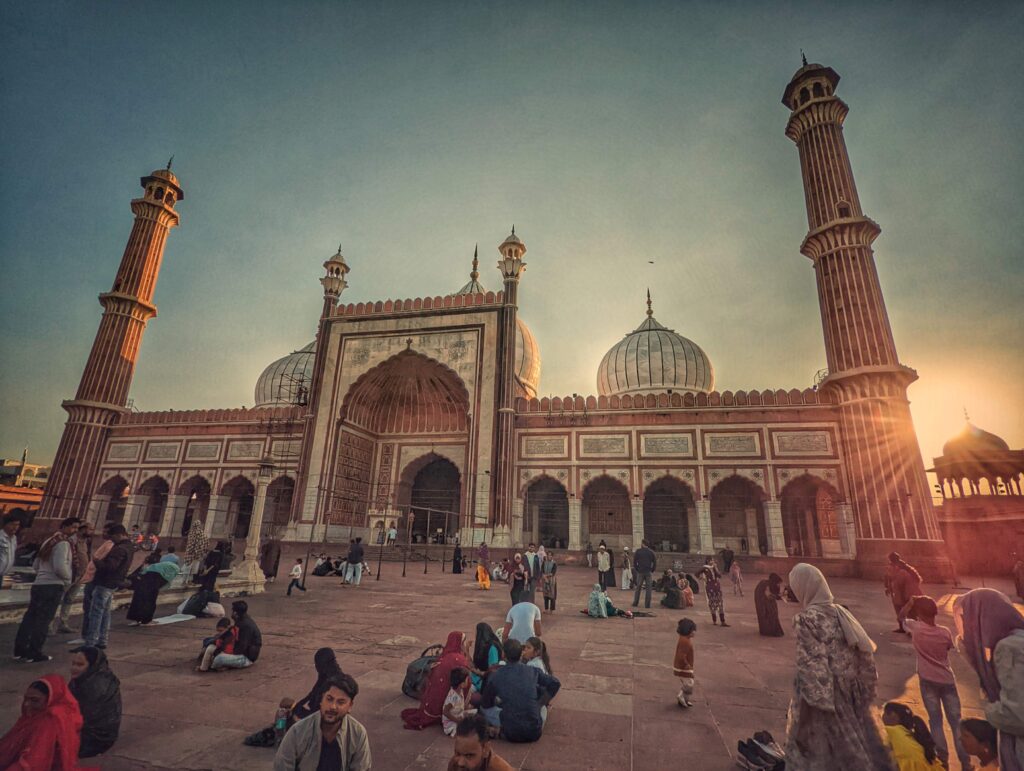
Chapter 1: Why do We Follow the Crowds?
Have you ever booked a trip to a destination simply because your friends or relatives had gone there?
If your answer is “Yess”, then this blog is for you.
The urge of travelling to famous destinations is deeply rooted in the psychology of conformity and herd mentality & ultimately it influences including our travel choices.

The psychology of herd mentality.
Humans are inherently social creatures. Our evolutionary history has conditioned us to seek belonging in groups.
Herd mentality extends this idea further. It’s very usual that how we tend to adopt the behaviors of a majority, often without critically evaluating them. This can lead to the popularization of destinations, activities, or trends that may not necessarily align with individual interests.
Social validation plays a big role in Travel:
“ If everyone is visiting some place, it must be worthwhile”
The role of FOMO (Fear of Missing Out) in shaping our travel choices.
The Fear of Missing Out (FOMO) is a powerful motivator in today’s hyper connected world. Social media platforms bombard us with curated snapshots of friends lounging on famous beaches, enjoying luxurious meals, or checking off bucket-list experiences. It’s easy to feel left out, spurring a desire to replicate similar experiences.
Presently due to FOMO (Fear of Missing Out), people have started flocking famous places in huge numbers leading to extreme crowds & ultimately leading to stranding of people. Recently I read an article from about thousands of vehicles getting stranded in snow in the ever popular Manali.
Overcrowded environments can trigger feelings of anxiety and decision fatigue. The constant noise and lack of personal space can make it difficult to truly enjoy the moment.
While we may feel a fleeting sense of accomplishment from “checking off” a popular spot, the psychological toll can overshadow the joy.
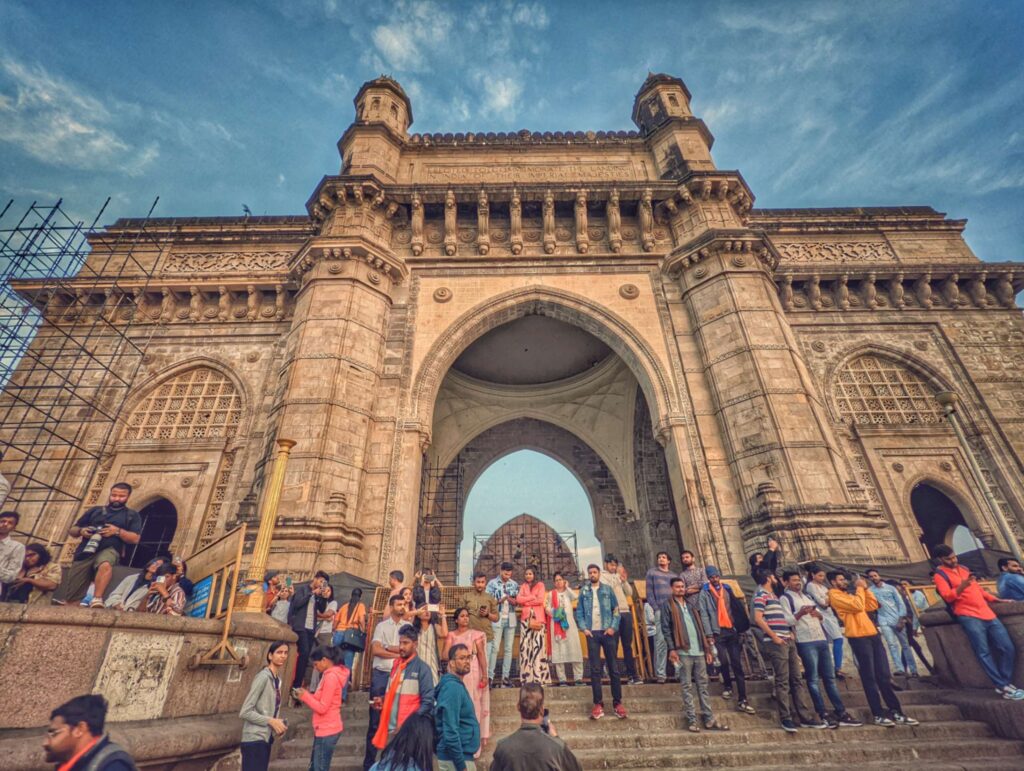
My experiences with crowded destinations and their impact.
The time was 6:30 a.m. in Mumbai, and I found myself standing in front of the iconic Gateway of India. The grand gate stood tall against the backdrop of the Arabian Sea. I was excited to capture the moment. I unzipped my camera bag, only to realize that I was not alone in my admiration. Masses of tourists posed for selfies and lined up for boat rides to Elephanta Caves.
Amidst the chaos, I just couldn’t understand how the tranquility could disappear even at 6:30 a.m. In all this hustle and bustle, I was surprised by the chaos that defines the spirit of Mumbai. In between all the rush, I just hoped to find a quieter corner for myself.
The scene in Mumbai got me thinking: While these famous sites are beautiful, the sheer number of people can sometimes overshadow the experience. That’s when I realized that my most memorable travel moments often come from places far removed from the typical tourist trail.
Chapter 2: The Allure of Uncrowded Travel
In a world full of noise and hustle, the appeal of uncrowded travel is undeniable. Away from the chaos of popular tourist destinations, uncrowded places offer an opportunity to reconnect with ourselves and the world around us.
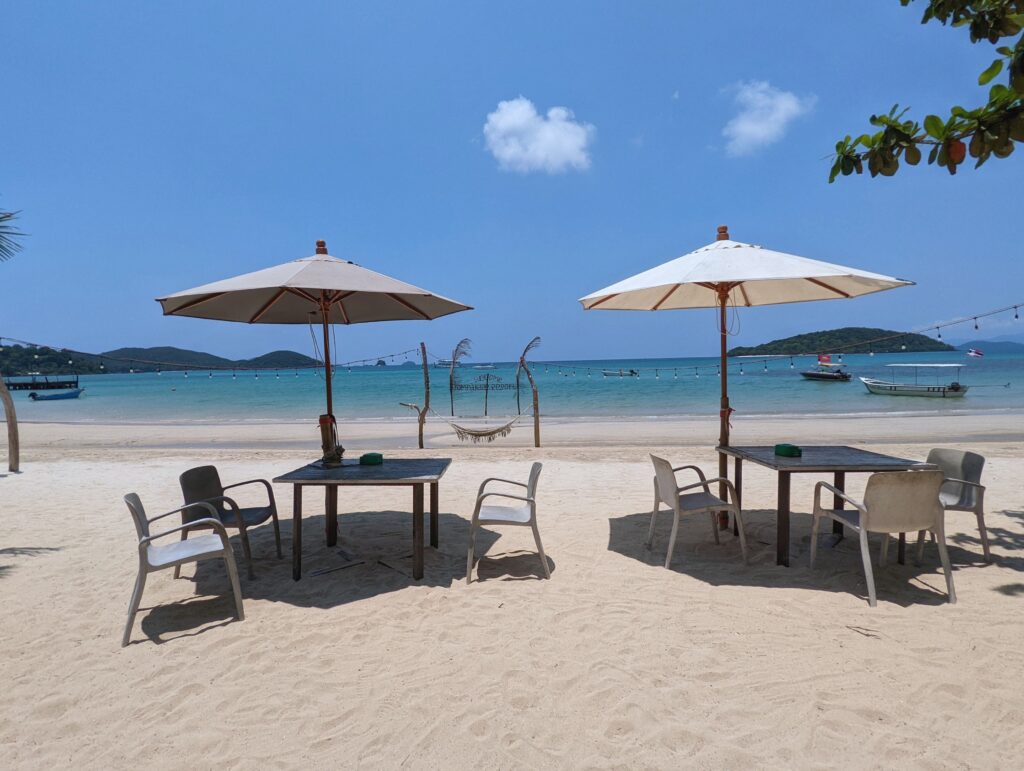
A serene stretch of Ao Soun Yai Beach on Koh Mak Island, with soft white sands, crystal-clear waters creating a perfect tropical escape.
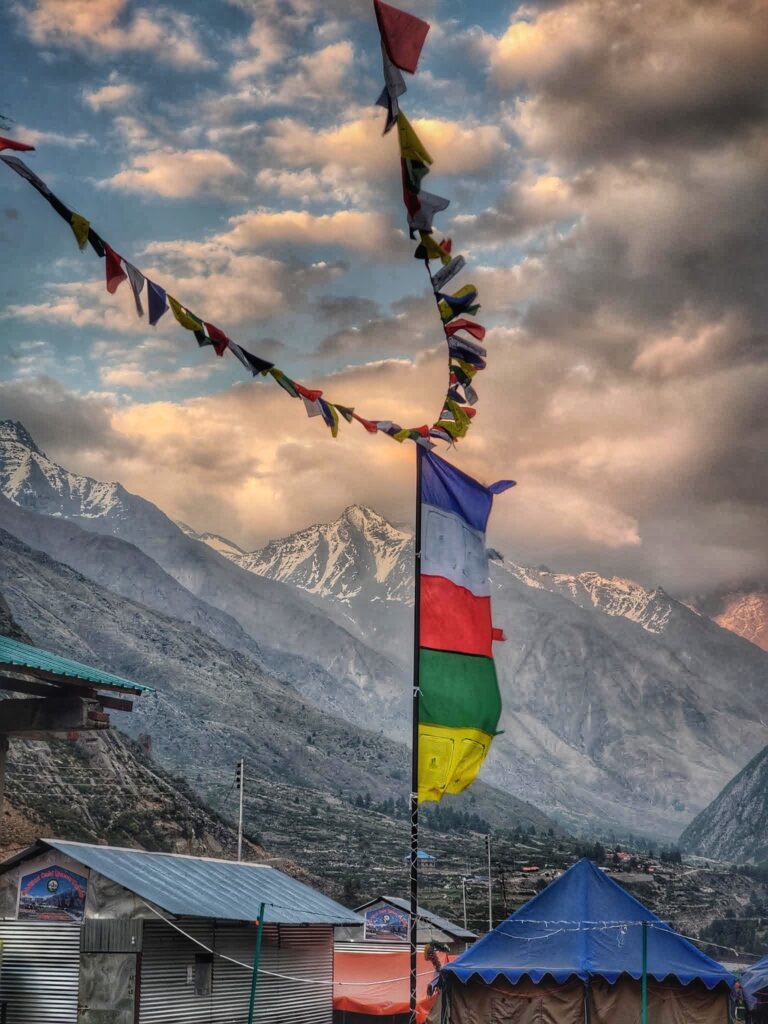
Understanding Uncrowded Travel and its psychological benefits.
Solitude is often misunderstood as loneliness, but in reality, it is an empowering state of being alone by choice. In the absence of external distractions, solitude provides the mental space needed for introspection and self-discovery.
Psychologists have long emphasized its benefits, which include reduced stress, improved focus, and heightened creativity.In crowded settings, our brains are constantly stimulated, often leading to decision fatigue and mental exhaustion.
Uncrowded spaces, however, allow the mind to relax and rejuvenate. Whether it’s the stillness of a secluded beach, the quiet rustle of leaves in an untouched forest, or the vast expanse of a barren desert, these environments create a sense of calm that is difficult to find elsewhere.
Such moments of peace are vital in today’s fast-paced world, helping to restore balance and enhance overall well-being.
How uncrowded travel enhances mindfulness and personal growth.
Traveling to uncrowded destinations inherently encourages mindfulness, the practice of being present in the moment. Without the distractions of large crowds or bustling activities, we become more attuned to our surroundings.This heightened awareness fosters a deeper appreciation of nature and the small joys of life.
In uncrowded spaces, we have the time to reflect, observe, and connect with the world in meaningful ways. This not only enriches the travel experience but also promotes personal growth.
Uncrowded travel often requires stepping off the beaten path, which can be intimidating yet immensely rewarding. It pushes us out of our comfort zones, allowing us to embrace uncertainty and build resilience. Each journey to a tranquil, lesser-known destination becomes a lesson in self-reliance and adaptability.
Ultimately, uncrowded spaces offer more than just solitude. They provide self-discovery and emotional healing. These experiences stay with us, shaping our perspectives and enriching our lives in ways that crowded places rarely can.
Chapter 3: Breaking Free from the Popular Path
Understanding why we follow the crowd is the first step toward breaking free.
By reading Chapter 1 of this blog , you have already taken your first step towards Journey of offbeat locations.
While it’s natural to draw inspiration from popular trends, cultivating mindfulness in decision-making can lead to more meaningful experiences. Instead of being guided by FOMO, consider what truly excites you.Travel, after all, is a personal journey.
The next time you feel drawn to a crowded destination, ask yourself: Am I here because it’s popular, or because it speaks to me?
The Fears and Challenges of Deviating from Mainstream Travel & Accepting Uncrowded Travel
Stepping off the beaten path and exploring unconventional travel destinations is an exciting prospect, but it also comes with its share of fears and challenges. While the rewards can be profound, addressing the hurdles is crucial for a fulfilling journey.
Key Fears and Challenges
Fear of the Unknown– Exploring lesser-known places can be intimidating due to limited information. Concerns about safety, accessibility, and the availability of basic amenities often deter travelers from venturing off mainstream paths.
Lack of Social Validation– Popular destinations are often associated with social media approval. Traveling to less-recognized locations may lack the same appeal in terms of validation from peers.
Logistical complexities in uncrowded travel-Planning a trip to an unconventional destination can be challenging. Limited transport options, language barriers, or scarcity of reliable reviews add layers of difficulty.
Risk of Isolation in Uncrowded Travel-The solitude of uncrowded spaces might feel overwhelming for those accustomed to bustling environments. This can lead to feelings of discomfort or even loneliness.
Cultural Missteps –In remote areas, understanding local customs and traditions becomes crucial. Missteps can lead to unintentional offense or misunderstandings.By acknowledging these challenges, travelers can prepare better and embrace the joy of discovering the road less traveled.
Chapter 4: The Role of Timing and Planning
Timing often makes the difference between an ordinary trip and an peaceful trip. By understanding how timing impacts the travel experience and implementing thoughtful planning, travellers can create unforgettable memories.
From choosing the right season to tweaking your schedule by a few days, this chapter explores how strategic timing can shape the quality of your travel experience.
On Uncrowded Travel blog, I write extensive Travel Guides about traveling to less-trodden places sustainably, supporting local tourism, and exploring local cuisines. These Travel Guides cover all the planning aspect so that you can plan your travel to offbeat places easily.
Also I write blogs which focus about insights of Uncrowded Travel, offering practical advice for exploring offbeat and less-traveled destinations.
Please explore through the links places below, to find more about the Uncrowded Travel insights & Travel Guides.
- Literary Journeys -Traveling through books
- Stay with Locals – Homestays That Feel like home
- Supporting Locals & Local Culture
- Travel Anti-Guide
- Travel Guide
- Travel India Through Poetry – Miles marked by Metaphor.

Discover the tranquil beauty of Dal Lake in Kashmir’s monsoon offseason, where cloudy landscapes and serene waters create a magical retreat.
How timing impacts the travel experience: seasons, weekdays, and festivals.
Timing affects almost every aspect of travel, including the atmosphere, costs, and accessibility of destinations.
Here are three key factors:
1. Peak Season vs Off season: Every destination has its prime seasons, each offering unique experiences. Peak tourist seasons, often driven by weather or school holidays, bring larger crowds and higher prices. Conversely, traveling during the off-season can mean quieter attractions, lower costs, and a more authentic local experience.
2. Weekdays vs. Weekends: Many destinations see a dramatic shift in vibe and crowd levels between weekdays and weekends. A trek on a Tuesday morning, for example, feels worlds apart from the same trail on a Sunday afternoon.
3. Festivals and Events: Timing a trip to coincide with local festivals can elevate your experience, offering a unique cultural immersion. However, festivals also attract large crowds and inflated prices, making it essential to weigh your priorities.
My strategies for Uncrowded Travel
Finding less-traveled destinations requires a mix of research, curiosity, and flexibility.
Here are my favorite strategies for Uncrowded Travel:
1. Choosing Alternatives to Popular Spots: For every tourist hotspot, there’s often a quieter alternative. Instead of Phuket & Pattaya, I visited the Trat islands which offered stunning beaches and charming villages without the chaos of peak tourism.
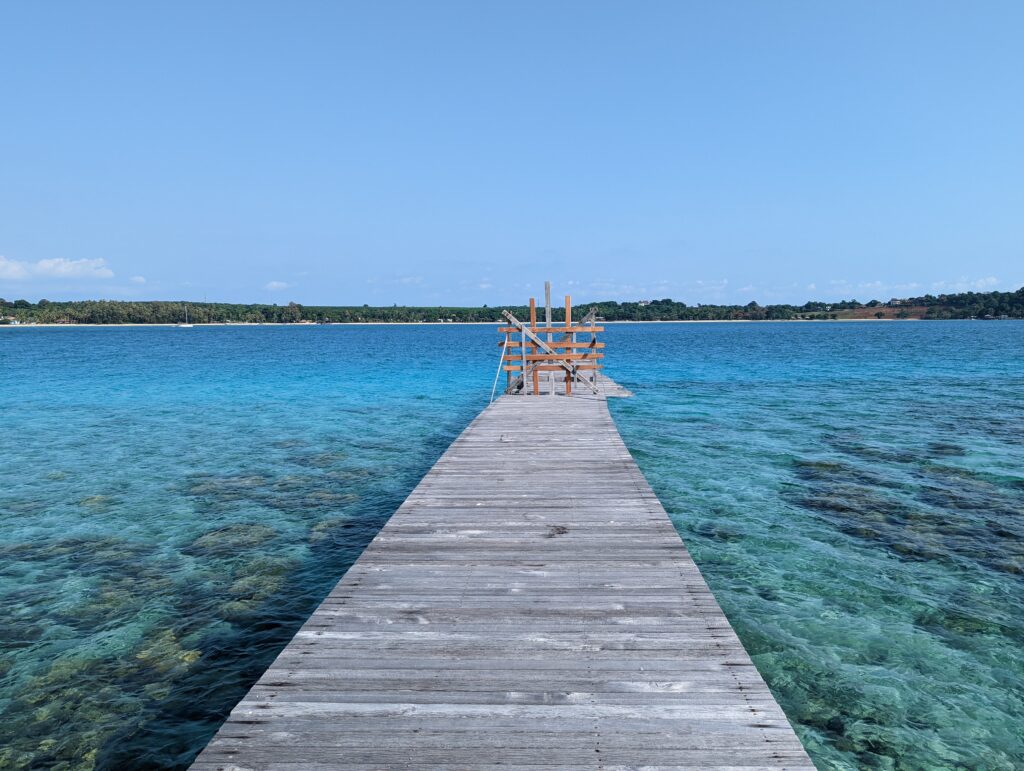
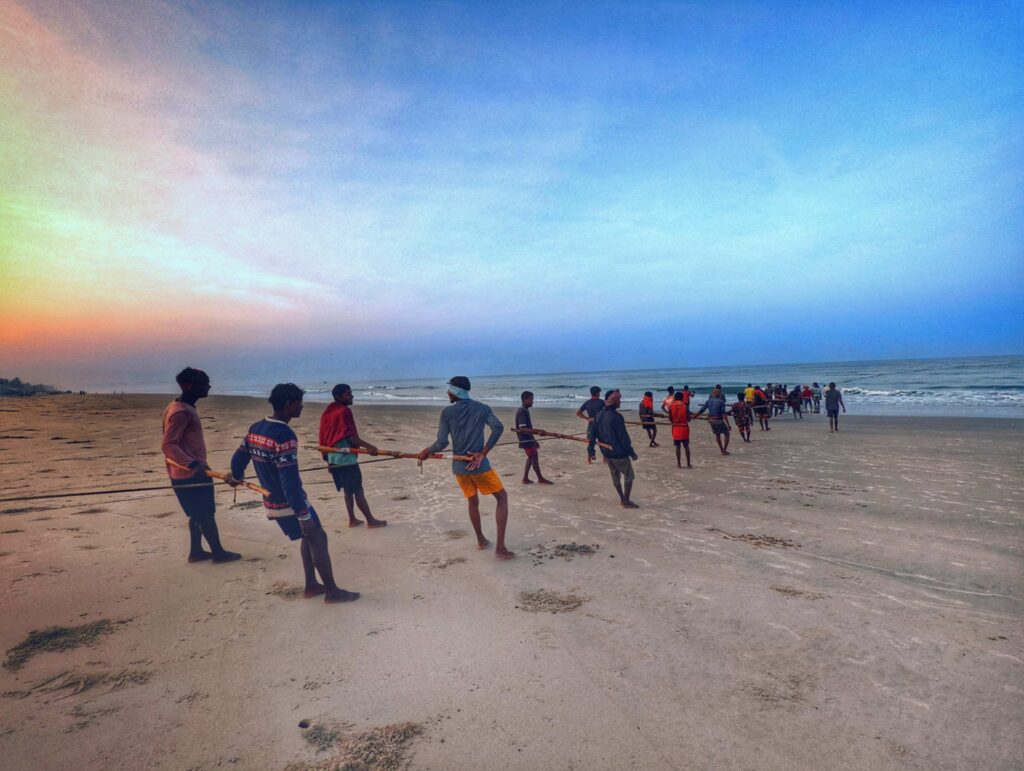
2. Flexible Scheduling: Remaining flexible with travel dates has often led me to off-peak bargains and under-the-radar experiences. Checking flight and accommodation prices for midweek arrivals or staying longer to bridge weekends can unveil unexpected opportunities.
3. Connecting with Locals: Building connections with locals during a trip has led me to some of the most authentic experiences. Asking a friendly host or guide about their favorite spots frequently yields incredible recommendations.
By considering seasons, weekdays, and festivals, and by applying strategies to find lesser-known destinations, you can plan uncrowded travel.
By waking up early, choosing an off-peak season, or simply being flexible, the right timing opens doors to moments of tranquility.
Chapter 5: Psychological Barriers to Uncrowded Travel
Uncrowded travel offers serenity and unique experiences, but psychological barriers often deter individuals from exploring such opportunities. Fear of isolation, lack of social proof, and the comfort of mainstream destinations contribute significantly to this hesitation.
Many travelers associate popular spots with safety and reliability, viewing less crowded locations as risky or unappealing. Additionally, a lack of information about uncrowded destinations creates uncertainty, making familiar choices more attractive. Overcoming these barriers requires building awareness through testimonials, showcasing the benefits of peaceful travel, and providing practical guidance to boost confidence.
Practical advice for building confidence as an independent traveler.
Here is my list of practical advices for building confidence as an independent traveler.
1. Always believe in your gut instinct while traveling to remote far flung areas.
2. Always travel in daytime in mountains at any cost.
3. Keep your opinions to yourself. Remote areas mostly have a completely different culture. Wherever you go, you might find people have completely different opinions & thoughts. Hear them out. Often this would be the most interesting part of your journey. Respect the local culture. Your opinions & thoughts are important, but not important that local culture.
4. Just don’t get share your views about politics. Don’t get involved in stupid controversies.
5. Be punctual on your travel as far as possible. It’s worse to miss connections. But in case if you miss an connection, don’t panic. Search for alternative & just enjoy the unexpected destination & unexpected routes.
6. Keep enough time in between travel connections. Things might not go as per your plan. Keep sufficient buffer time.
7. While traveling to extremely remote places in mountains, don’t book non refundable accommodation & activities especially in winters. You never know when you will get stranded.
8. Just don’t overpack. Travel light. Don’t think of emergencies & worst calamities & pack unnecessary stuff. Remember that you are not travelling to unhabitated places. Locals live there. You can buy clothes in your travel in worst cases if there is shortage.
Chapter 6: Building a New Mindset of Uncrowded Travel
Traveling is often framed as a numbers game. About how many countries you’ve visited, the landmarks you’ve checked off your bucket list, or about how many miles you’ve travelled.
But over time, I realized that the richness of travel doesn’t lie in quantity but in the quality of the experiences. This chapter explores how I shifted my mindset, embraced uncertainty, and developed a new way of traveling to uncrowded places that allowed me to connect more deeply with the world around me.
How I shifted my focus from quantity to quality of experiences.
In the early stages of my travel journey, I was a checklist traveler. I measured success by how many destinations I could fit into a single trip. It was exhilarating but also exhausting. The hustle left little time to truly experience the places I visited. Over time, I started to crave about ” Quality Travel” where it was not just all about numbers.
Chatting with a local artisan in a quiet village or stumbling upon a secluded beach became my most cherished moments.
Instead of tourist guides, I rely on local blogs, forums, and word-of-mouth recommendations from locals to identify uncrowded destinations.
I began to prioritize connection over coverage. It wasn’t about how much ground I could cover but how deeply I could engage with a place.
I also try to learn about the history of the places through its Art, Architecture & Culture. It provides considerable depth to my travel journey. One such hidden gem of Indian Art was Bundi Chitrashala in Rajasthan which has 400 year old paintings. Now, if you’re a fan of miniature paintings, Bundi is like a gold mine. If you are interested to know more about Bundi Chitrashala, checkout the link placed below:
My framework for embracing uncertainty and spontaneity
Initially, I felt uneasy when things didn’t went as per my plan. But over time, I realized that leaving room for surprises often led to the most rewarding experiences.
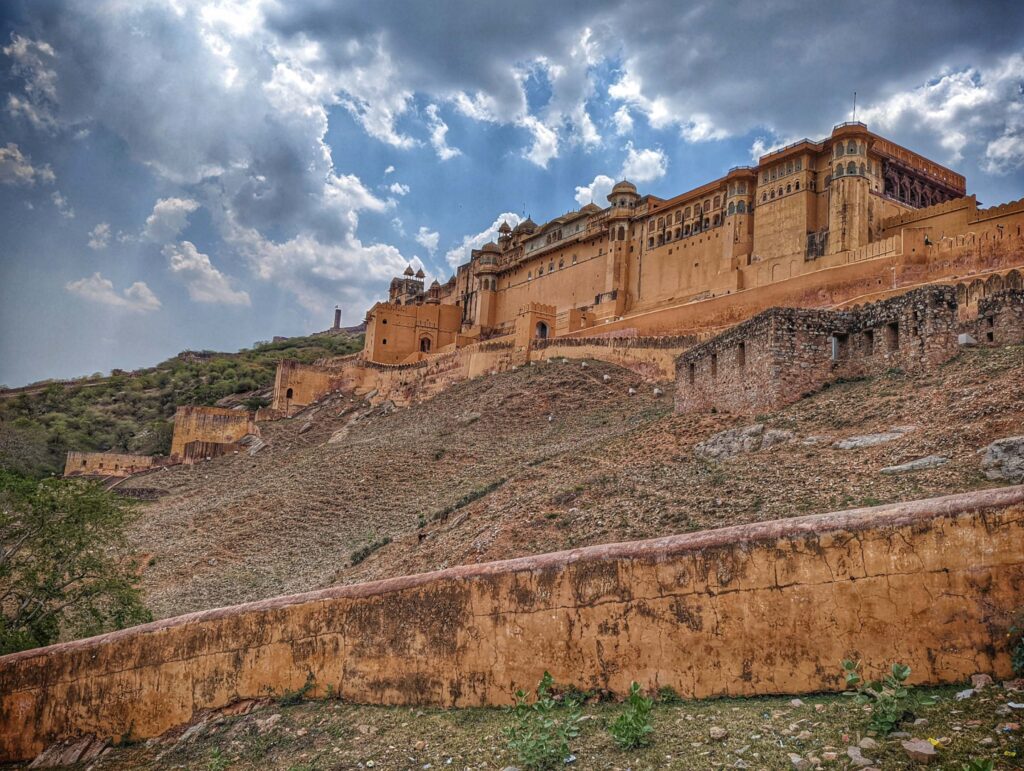
Over the time, I mastered the art of building completely flexible itineraries. Plans should be like starting points, not rigid schedules. I allow myself to pivot based on weather, mood, or unexpected opportunities. I began incorporating buffer days into my trips to allow for unplanned detours or downtime.
I would like to share one incident regarding flexible itinerary. Once I was doing a journey in May 2023, where final destination were offbeat places in Himachal Pradesh to escape the heat. I had a Train connection in Jaipur. I had also planned healthy gap of around 7 hours in between. I had thought 7 hours is enough buffer time. However, unfortunately my Train to Jaipur was delayed by 9 hours & I had to cancel the next connecting train ticket as I won’t be able to make it.
As I was visiting uncrowded places in Himachal Pradesh, there was no need to book accommodation & logistics in advance. So due to the sudden change in itinerary, I didn’t had to have any monetary loss pertaining to cancellation charges. Due to this incident, I had to spend a day in Jaipur & that too in scorching heat of May month 🥵 .
Jaipur & May month!!! These two words just seem so wrong coming together in one single sentence. Jaipur is such a famous destination in India & for the same reason I kept avoiding it for overcrowding reason. But my destiny pushed me over to Jaipur by making me lose a train connection. But due to the May month, I was able to have a complete crowd-free experience. I always wanted to visit Aamer Kila (Fort of Aamer) & Jaigarh Fort due to their historic significances.
And when I visited in May, there stood the majestic Amber fort in front of me completely devoid of crowds. For a moment, I thought I had been lucky to miss the train.
Chapter 7 : How uncrowded travel fosters cultural appreciation and environmental respect.
Unlike bustling tourist hotspots, where interactions are often transactional, uncrowded places allow for genuine connections and a deeper understanding of traditions.
In uncrowded areas, the cultural activities are often untouched by commercialization. This means you’re likely to encounter rituals and traditions in their truest forms.
Traveling off the beaten path also brings an acute awareness of the delicate ecosystems that sustain these places. In quieter destinations, the impact of human activity is more visible, compelling travelers to adopt sustainable practices.
My encounters with locals and hidden traditions that enriched my travels.
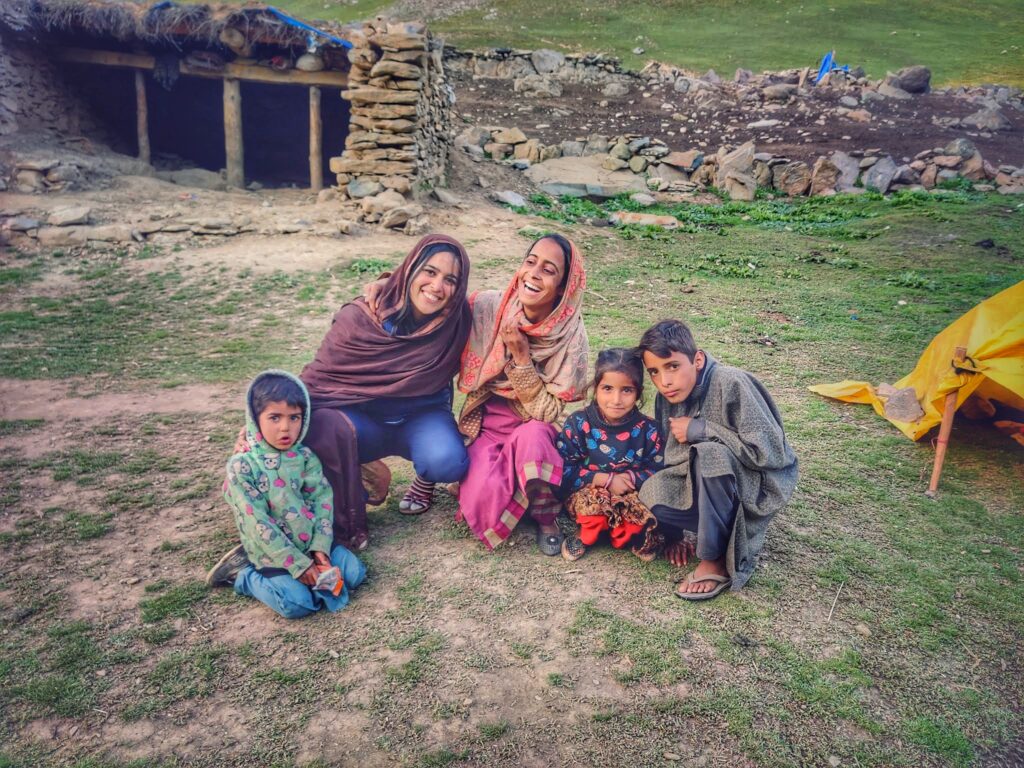
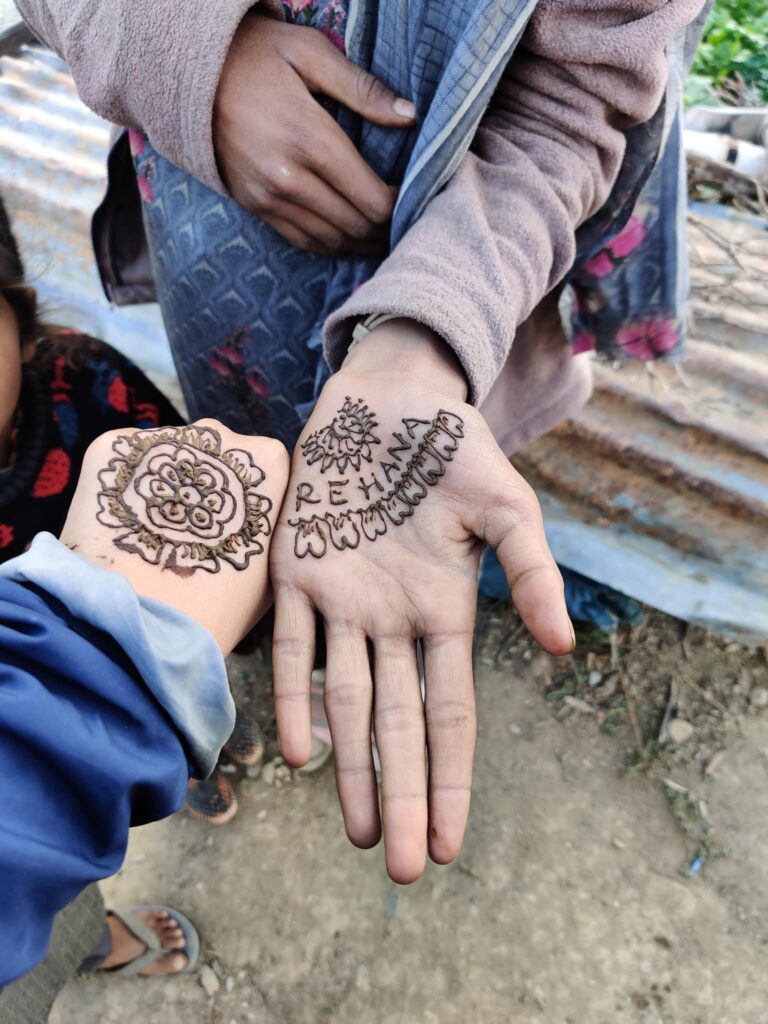
The beauty of uncrowded travel lies in its unpredictability. Some of my most cherished travel memories come from stumbling upon hidden traditions and rituals that are often overlooked by mainstream tourism.
Tips for contributing positively to offbeat communities.
- Engage Respectfully with Locals:
- Support Local Economies: Buy handmade goods directly from artisans rather than mass-produced souvenirs.
- Eat at family-run restaurants and stay in locally owned accommodations.
Conclusion: The Transformative Power of Uncrowded Travel
Uncrowded travel is more than just an escape from crowds or a path to tranquility. It is a mindset that reshapes our travel completely.
By venturing off the beaten path, we cultivate deeper connections with cultures, discover hidden traditions, and develop a profound respect for the environment.This approach to travel encourages us to prioritize quality over quantity, spontaneity over rigid plans, and authenticity over superficial experiences. It challenges us to embrace uncertainty, slow down, and see each destination not as a checklist item but as a unique opportunity for growth and understanding.
As travelers, our choices carry weight. By practicing cultural sensitivity, supporting local economies, and respecting the environment, we ensure that the hidden gems we cherish remain intact for generations to come.
So the next time you plan a trip, ask yourself: What kind of traveler do you want to be? The answer might just lead you to the most awesome journey❤️.

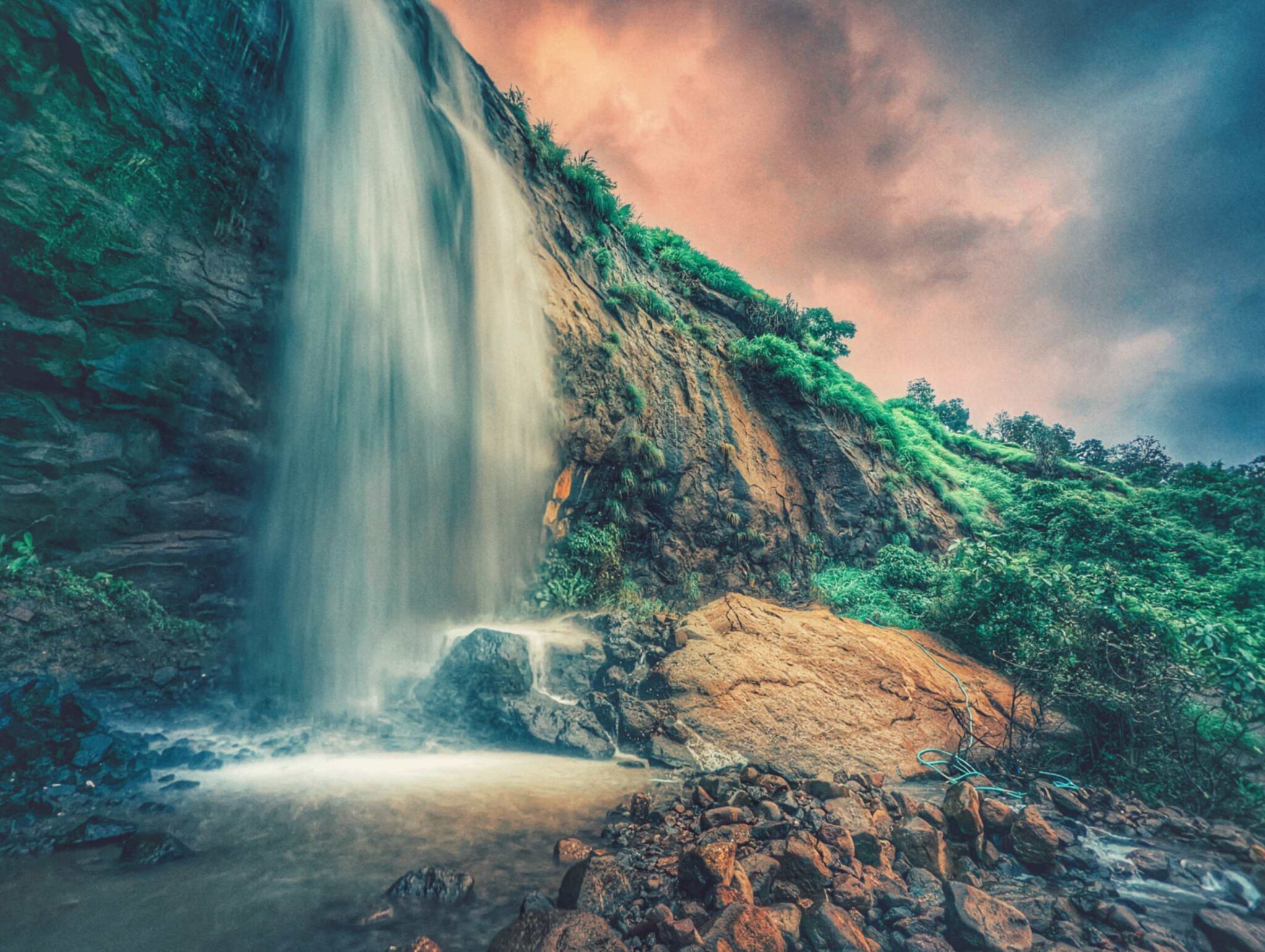
[…] Uncrowded Travel in 2025: Why You Must Master the Art and Psychology of Avoiding Crowds […]